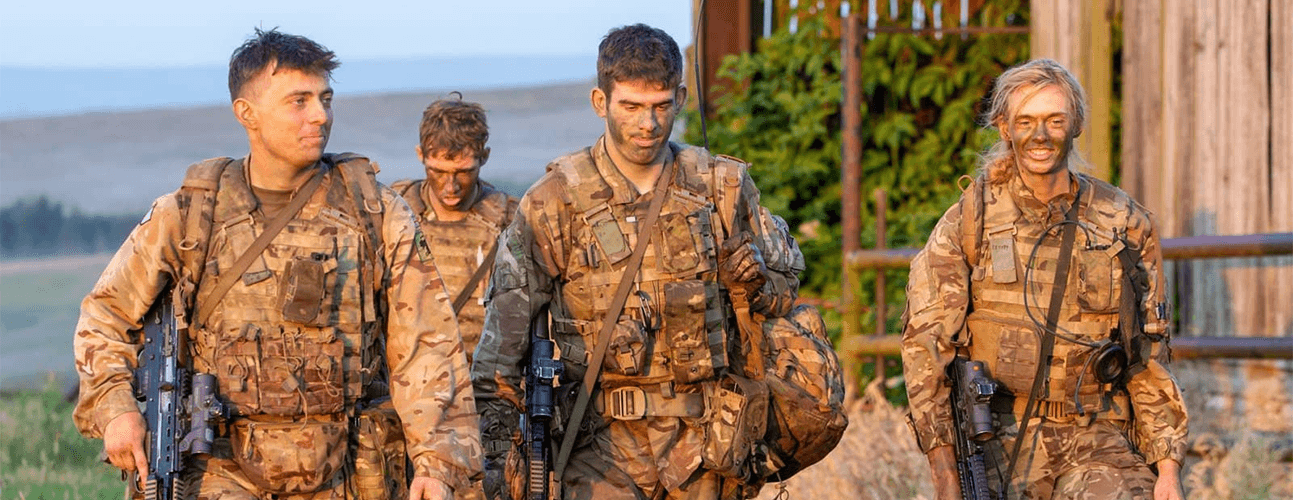
Keeping an open mind means not only contemplating broad alternative approaches, but considering the possibility that seemingly contradictory things can be true simultaneously. For example, we can be both strong and weak at recruiting, and there seems to be wide agreement that we urgently need to rethink how we look at talent pools.
My interest is on the skills gap in Defence and in response to some of the points raised I would like to touch on two interrelated topics: The future fight and the need for militaries to build out their digital armies.
We are learning to fight differently. Yes, we still need men and women to close with and engage the enemy but at a higher-level, NATO is working to deliver a single, echeloned, multinational, and interconnected system of deterrence and defence to contest Russia in all domains and all geographic spaces.
What does it look like? It is multi-domain. It embraces modern, non-traditional command and control. It exploits operational-strategic scale joint-fires capabilities. It looks to distributed forces, smaller units with advanced computing, networking, and firepower, dispersed across battlefields to provide greater survivability and autonomy as part of a multi-domain fight. It seeks to maximise the value of emerging and disruptive technologies, including cyber operations. It recognises the importance of resilience (including cyber defence) at home.
Bottom line? The business of military is changing fast. The fight will still be hard, but looking to our future preparedness, we need to build our armies – and this includes our digital armies because technology and digital environments are disrupting established ways of operating.
And as we work to find, attract and retain digital skills this requires us to look at our existing established talent and untapped talent pools, such as those currently serving in forces or reserves, as well as veterans – for opportunities to quickly upskill and build the talent it needs.
It is amazing how far someone can come with 140 hours of self-paced training, learning enough to fill a critical digital gap – and then grow stronger over time.
For example, cyber security is a skill. It is something that can be learned with a course of set training. It does not require a computer science degree, but in the case of Defence what it does require is an understanding of the defence landscape and the necessary security clearances – so turn to those you have.
By offering soldiers aptitude testing, skill mapping and upskilling, Defence can fill their own digital skills shortages from within, to ensure that the critical need to modernize operations does not stall. This is a key premise of the Australian Army’s Flexible Establishment Trial (FET). Now in its second year, the FET supports the Australian Army in reengaging part-time and released soldiers, allowing them to contribute their hard-earned skills back to Army by upskilling in digital careers.
As a final aside, Defence also needs to modernise and digitally transform – we all know this. What we also know is that militaries have trouble competing with business and tech companies to attract digital natives who are high-skilled and tech-savvy. And as we progress, digital natives who may not previously have considered serving their country in the traditional sense, but who would value the ability to serve, may start to do so.